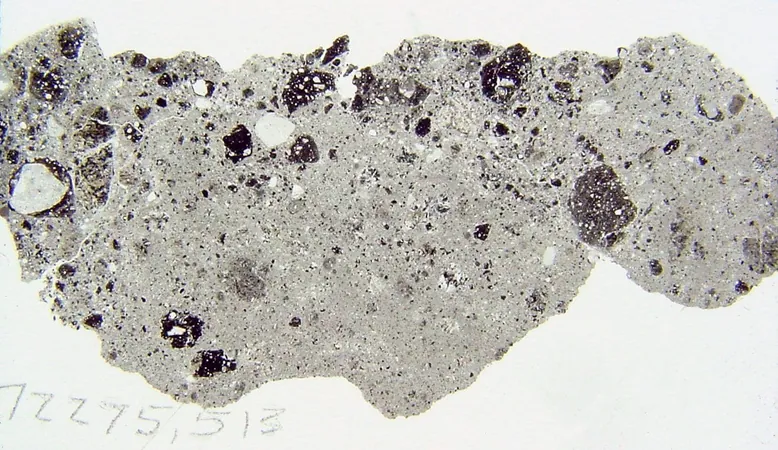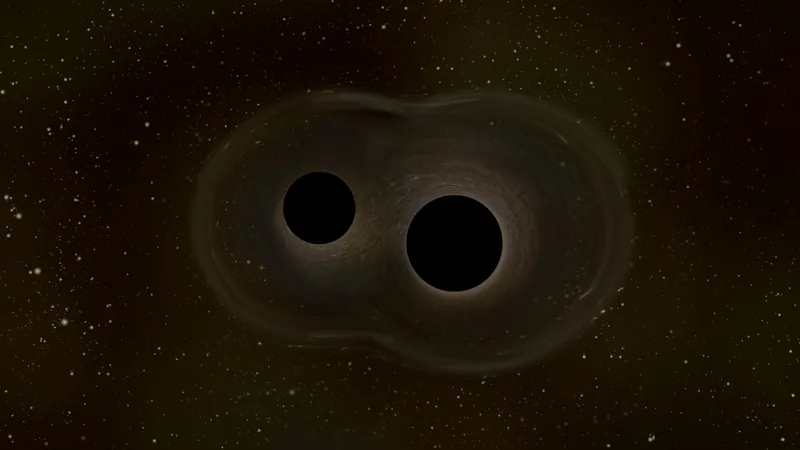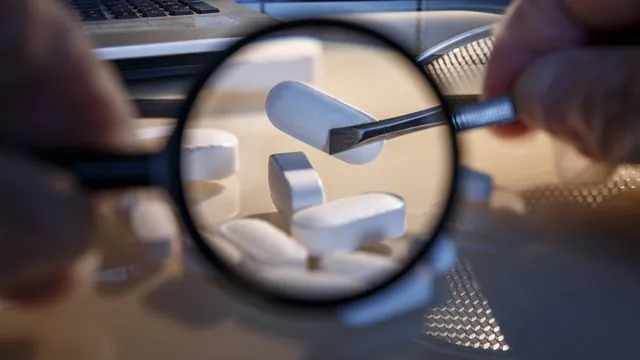
Unlocking the Moon's Secrets: What It's Really Made Of
2025-08-25
Author: Jacques
The Surprising Science Beneath the Surface
Almost half a century after their last use, Apollo-era seismometers are still unearthing the moon's mysteries. These remarkable instruments, which first detected moonquakes, are our eyes and ears into the seismic activity that reveals so much about our lunar companion.
From Seismometers to Core Discoveries
It's mind-blowing to think that even though these seismometers were powered off in 1978, their data continues to teach us new things. Advancements in data analysis have enabled scientists to extract valuable insights, including the detection of a lunar core. The moon isn't just Earth's satellite; it's a fascinating, rocky world with its own story to share.
A Window into the Solar System's History
Why does this matter? Understanding the moon is crucial for piecing together the evolution of all terrestrial planets—Mercury, Venus, Mars, and even Earth itself. The moon preserves billions of years of history, unlike Earth, which has largely erased its ancient past due to tectonic activity. With our boots on the moon's surface, we’ve brought back not only samples but also insights that could shed light on the formation and evolution of our entire solar system.
The Moon's Chaotic Beginnings
However, it's not all pretty moonlight. The moon's early years were tumultuous; shortly after its formation, it was engulfed in a massive ocean of magma, approximately 500 kilometers deep. What we now call the lunar highlands are remnants of the lighter rock that floated and solidified first, reminiscent of Earth's own geological processes.
The Late Heavy Bombardment: A Cosmic Onslaught
Following the cooling of the moon's surface, it faced relentless bombardment during an era known as the Late Heavy Bombardment, around 3.85 to 4 billion years ago. Each impact crafted breccias—a term that might sound fancy but simply refers to the mixture of rocks and minerals created when meteorites crashed into the lunar surface, forging a chaotic yet fascinating geological history.









 Brasil (PT)
Brasil (PT)
 Canada (EN)
Canada (EN)
 Chile (ES)
Chile (ES)
 Česko (CS)
Česko (CS)
 대한민국 (KO)
대한민국 (KO)
 España (ES)
España (ES)
 France (FR)
France (FR)
 Hong Kong (EN)
Hong Kong (EN)
 Italia (IT)
Italia (IT)
 日本 (JA)
日本 (JA)
 Magyarország (HU)
Magyarország (HU)
 Norge (NO)
Norge (NO)
 Polska (PL)
Polska (PL)
 Schweiz (DE)
Schweiz (DE)
 Singapore (EN)
Singapore (EN)
 Sverige (SV)
Sverige (SV)
 Suomi (FI)
Suomi (FI)
 Türkiye (TR)
Türkiye (TR)
 الإمارات العربية المتحدة (AR)
الإمارات العربية المتحدة (AR)